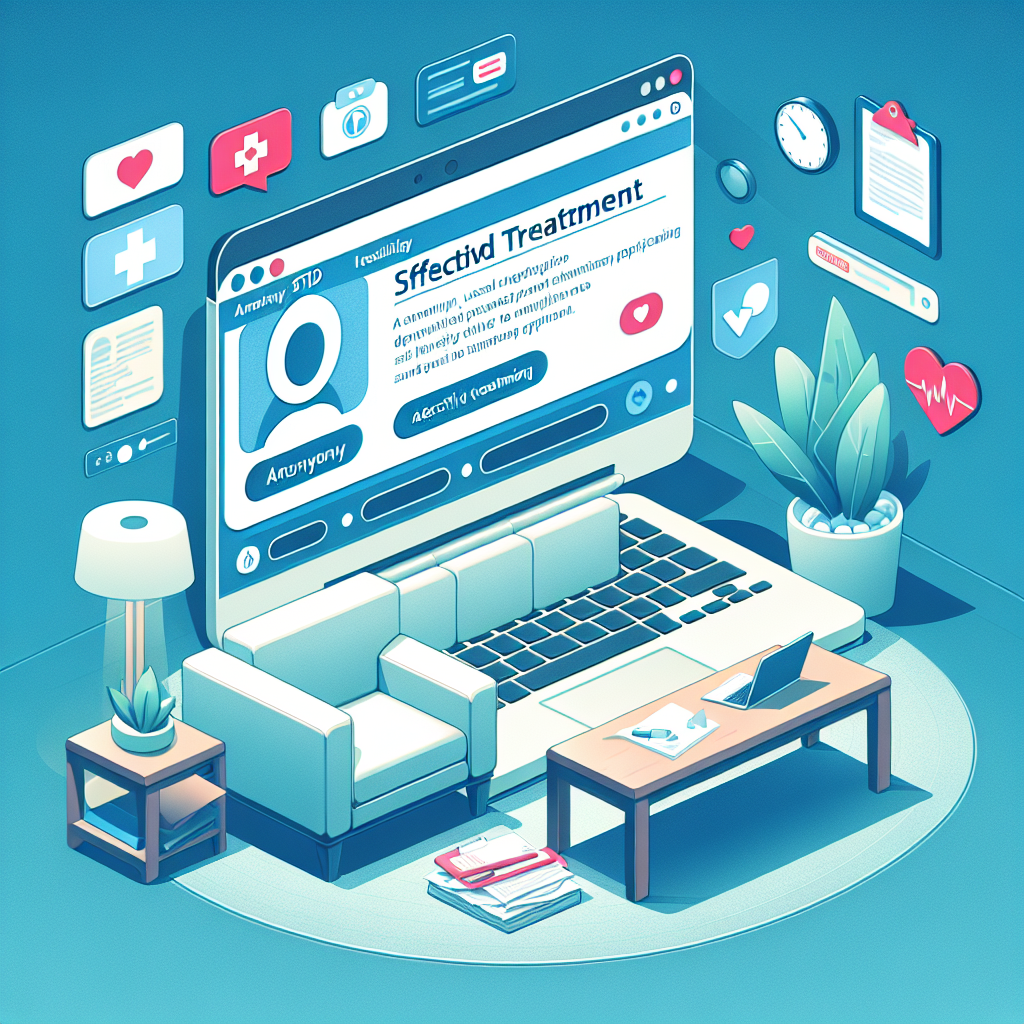The Testosterone Timeline: What Every Man Should Know About Hormonal Changes by Decade
Understanding Testosterone and Aging
Testosterone is more than a gym buzzword—it’s the key hormone responsible for a man’s energy, mood, muscle mass, sexual performance, and long-term health. While it typically peaks in early adulthood, testosterone levels naturally start to decline by about 1% per year after the age of 30. Yet many men are unaware of these changes or the steps they can take to manage them.
This decade-by-decade guide helps men anticipate hormonal shifts and make informed lifestyle changes to maintain vitality at every stage of life. Whether you’re entering adulthood or approaching retirement, understanding your testosterone trajectory is essential.
In Your 20s: Building the Foundation for Lifelong Health
Your 20s mark the peak of testosterone production, typically ranging from 600 to 700 ng/dL. This is when your body is optimized for muscle development, high libido, and overall vitality. More importantly, the choices you make during this decade set the tone for hormonal health in the decades to come.
Key health priorities:
– Get 7 to 9 hours of quality sleep. Testosterone production peaks during REM sleep.
– Eat a diet rich in lean protein, healthy fats (like omega-3s), and essential nutrients such as zinc and vitamin D.
– Incorporate strength training two to three times a week with exercises like squats and deadlifts.
– Manage stress proactively through exercise, meditation, or outdoor activities to keep cortisol levels in check.
Dr. Todd Jacobs, an endocrinologist at Johns Hopkins Medicine, emphasizes that “men who establish healthy lifestyle habits in their 20s are more likely to maintain hormonal balance long-term.”
Heading into Your 30s: Beginning of the Subtle Decline
Once you hit your 30s, your testosterone levels begin to decrease gradually, typically at a rate of about 1% per year. While the effects might seem minor at first, they can influence your energy, body composition, and mood over time.
Common early signs of testosterone decline:
– Reduced energy, especially in the afternoons.
– Slower muscle gains and a harder time maintaining definition.
– Accumulation of belly fat due to a slowing metabolism.
– Mild mood changes and decreased sexual drive.
How to stay on track:
– Focus on a whole-food diet low in sugar and processed ingredients.
– Stay active with at least 150 minutes of moderate to intense exercise weekly.
– Prioritize high-protein, high-fiber foods to keep your metabolism steady.
Feeling off? Consider a testosterone blood test that measures both total and free testosterone. If your levels are lower than normal and symptoms persist, consult your healthcare provider or explore safe, expert-reviewed treatment pathways via telehealth platforms.
In Your 40s: Addressing Noticeable Changes
By your 40s, your testosterone may have declined by 20 to 30% from its peak. The drop becomes more evident with changes in your body, emotions, and even sexual health.
Symptoms to watch for:
– Increased abdominal fat, especially visceral fat.
– Difficulty maintaining muscle mass and reduced performance during workouts.
– Emotional changes including mood swings, stress intolerance, or low motivation.
– Early signs of sexual dysfunction or decreased libido.
Effective lifestyle adjustments:
– Incorporate high-intensity interval training (HIIT) and regular resistance workouts.
– Manage stress through yoga, outdoor walks, or mindfulness practices.
– Prioritize sleep hygiene with a consistent bedtime routine and reduced screen time.
According to Dr. Abraham Morgentaler, a urologist at Harvard and author of Testosterone for Life, “testosterone levels affect everything from how you sleep and recover to how you emotionally connect with others.”
If symptoms persist despite healthy habits, comprehensive hormone testing can determine if testosterone replacement therapy (TRT) is appropriate.
In Your 50s: Balancing Hormones and Health Risks
During your 50s, testosterone levels dip further, increasing the risk of related health issues. According to a study published in the Journal of Clinical Endocrinology & Metabolism, low testosterone is linked to a 52% higher chance of developing metabolic syndrome.
Health concerns linked to lower testosterone:
– Increased insulin resistance and fluctuating blood sugar levels.
– Loss of bone density, raising the risk of osteoporosis.
– Changes in prostate function, including more frequent urination.
– Cognitive issues such as brain fog or reduced mental clarity.
Recommended strategies:
– Participate in weight-bearing exercises like hiking or resistance training to maintain bone health.
– Adopt a Mediterranean-style diet rich in vegetables, lean proteins, and healthy fats.
– Schedule regular health screenings for glucose, cholesterol, and PSA levels.
TRT may be beneficial for certain men if symptoms are confirmed by proper diagnostics. “Testosterone therapy can transform quality of life for the right individual—but it must be carefully tailored,” warns Dr. Morgentaler.
In Your 60s and Beyond: Quality of Life Over Quantity
As you enter your 60s and later years, testosterone stabilizes at a lower but steady level. Rather than chasing peak performance, the goal shifts to maintaining physical independence, mental clarity, and overall quality of life.
Wellness strategies in your 60s and beyond:
– Focus on functional fitness through activities like chair squats, swimming, tai chi, or water aerobics.
– Protect your joints with low-impact exercises and consider supportive supplements like glucosamine or turmeric.
– Stimulate your brain with puzzles, group learning, hobbies, and regular social engagement.
– Adapt your diet to age-specific needs—higher protein intake and increased focus on calcium and vitamin B12.
Regular bone scans (DEXA), hormone check-ins, and dietary counseling can help you stay ahead of age-related decline. Even without testosterone therapy, consistent movement and proper nutrition offer substantial long-term benefits.
Conclusion: A Proactive Approach to Longevity
Understanding how testosterone shifts over each decade empowers men to be proactive rather than reactive. By aligning your lifestyle, nutrition, exercise, and medical care with your body’s natural hormonal changes, you can maximize vitality and health well into your later years.
Don’t assume testosterone is just for bodybuilders or aging men—it’s a cornerstone of well-being throughout life. If you’re experiencing symptoms of hormonal imbalance, consult a healthcare professional for guidance before self-diagnosing or pursuing treatment.
For expert-vetted information on TRT and screening options, explore reputable telehealth platforms like eDrugstore.com/testosterone.
Because aging shouldn’t just be about getting older—it should be about getting stronger, smarter, and more energized with every decade.
References
– Harman SM et al. (2001). “Longitudinal effects of aging on serum total and free testosterone levels in healthy men.” Journal of Clinical Endocrinology & Metabolism, 86(2), 724–731.
– Mayo Clinic Staff. “Low testosterone (male hypogonadism).” MayoClinic.org.
– Urology Care Foundation. “What is Testosterone?”
– Journal of Clinical Endocrinology & Metabolism. “Testosterone and metabolic syndrome. (2016)”
– Morgentaler, Abraham. Testosterone for Life. McGraw Hill Education, 2009.
– Harvard Health Publishing. “The Truth About Testosterone Therapy.”
This content is optimized for publishing online and makes for an ideal article on wellness blogs, men’s health portals, or telemedicine platforms.










